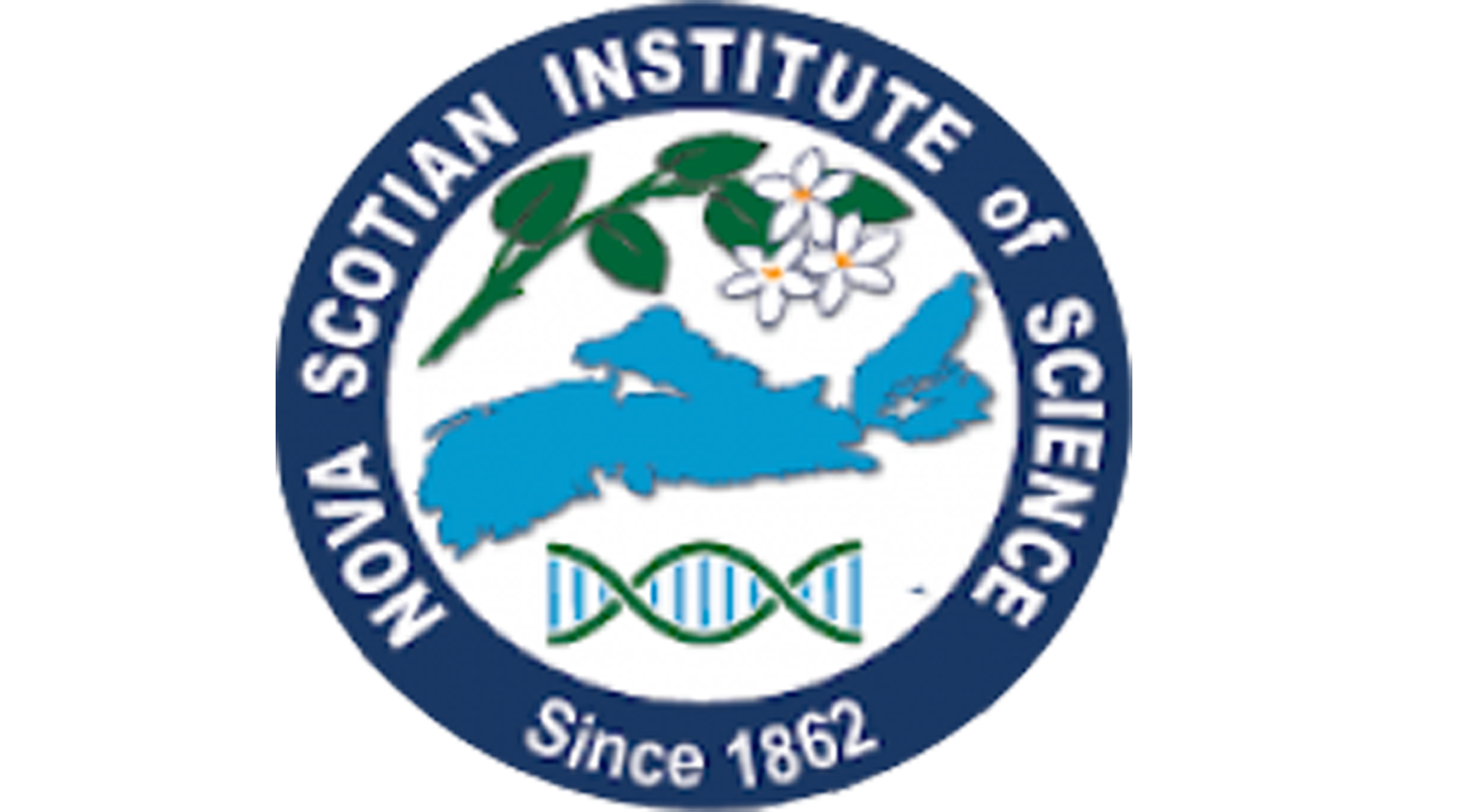Fall 2010
Note: meetings are normally held on the first Monday of the month.
Monday, 4 October 2010
Time: 7:30pm
Location: Nova Scotia Museum of Natural History
Speaker: Dr. Brendan Murphy
Earth Sciences, St. Francis Xavier University
Title:”Mountains: Past, Present and Future”
Hotly debated for centuries, it is now accepted that between 300 and 200 million years ago, all of the Earth’s continents were assembled into a supercontinent Pangea (meaning all lands) surrounded by a superocean Panthalassa. The evolution of the Earth over the last 250 million years has been dominated by the breakup of the dispersing continents. Over the past 20 years, it has become clear that Pangea is the latest in a series of supercontinents that have formed and dispersed over the last three billion years. The geology of Atlantic Canada has played a key role in the development of these ideas. Many geoscientists agree that repeated cycles of amalgamation and dispersal of continents have occurred and that these cycles have had profound effects on the Earth’s crust, atmosphere, climate and life. Mountains are perhaps the most dramatic expression of the collisions between continents. This talk will explore how we track the formation of mountains in the past, present and future.
Monday, 1 November 2010
Time: 7:30pm
Location: Nova Scotia Museum of Natural History
Speaker: Dr. Mike C. James
Department of Biology, Dalhousie University
Aquatic Species at Risk, Fisheries and Oceans Canada
Title:”The Leatherback Turtle: Atlantic Canada’s Giant Jellyfish Predator”
The leatherback sea turtle is a giant marine reptile that nests in the tropics and forages at high latitudes. It is a creature of extremes, feeding on huge quantities of energy-poor jellyfish prey, undertaking annual migrations of 10,000 km or more, diving to depths beyond a kilometre, maintaining warm body temperatures in frigid seas, and attaining a body mass of up to 900 kg. Shelf and slope waters off eastern Canada support the largest seasonal foraging population of leatherbacks in the North Atlantic. It is here that a collaborative Canadian research program involving fishers and scientists has worked to uncover some of the mysteries surrounding this endangered species.
Monday, 6 December 2010
Time: 7:30pm
Location: Nova Scotia Museum of Natural History
Speaker: Dr. Brenna A. McLeod & Dr. Timothy R. Frasier
Department of Biology, Saint Mary’s University
Title:”Using genetics to learn about the history of whales in the Arctic”
As analysis of DNA becomes cheaper and easier, applications to obtain hidden information from unusual sources are increasing. One recent example is the analysis of “ancient DNA” – DNA from historic specimens – to reveal characteristics and trends of historic populations. The cold and dry climate of the Arctic is an ideal environment for the preservation of DNA, and many successful ancient DNA studies are based on samples obtained there. In this lecture, we will describe how analyses of ancient DNA can be combined with information from modern populations to obtain a better understanding of the biology, distribution, and history of the bowhead whale (Balaena mysticetus) – a large, Arctic species. These data provide new insights into their history of exploitation and how they responded to changes in climate. This information is valuable for understanding the current status of the bowhead and how it may respond to future climate change.
Winter 2011
Monday, 10 January 2011
Time: 7:30pm
Location: Scotiabank Conference Theatre, Sobey Building, Saint Mary’s University
Panel Discussion
Title:”How Reliable is Science Anyway”
Panellists:
- Dr. Lisa Gannett
Department of Philosophy, St. Mary’s University
- Dr. Bill Freedman
Department of Biology, Dalhousie University
- Dr. Tony Charles
Department of Environmental Studies, St. Mary’s University
|
| Moderator:
|
Monday, 7 February 2011
Time: 7:30pm
Location: TBA
Presenters: Drs. Jerry Singleton, Melanie Keats, Laurene Rehman and David Westwood
School of Health and Human Performance, Dalhousie University, in collaboration with Halifax Public Libraries
Title:”Be a Good Sport: Fun for Everyone Across the Life Course”
Why do people become involved or not involved in sport? What is the Science of Sport? How does involvement in sport affect the family? How does technology enhance an individual’s participation in an activity? Three dynamic presenters will provide insights into these questions. Dr. Melanie Keats will discuss the usefulness of popular active gaming resources in reducing sedentary screen time and promoting physical activity in youth. Dr. David Westwood will break down the concepts of ‘vision’ and ‘performance’ using current theories from the fields of perception and motor control to address common themes in this area such as ‘hand-eye co-ordination’, ‘muscle memory’, ‘expertise’ and ‘automaticity’. Dr. Laurene Rehman will discuss factors that support and restrict “today’s” families when creating, encouraging, and facilitating sport participation. Dr. Singleton will act as moderator for these exciting presentations.
Monday, 7 March 2011
Time: 7:30pm
Location: Nova Scotia Museum of Natural History
Speakers: Drs. Jonathan Fowler and Tanya Peckmann
Department of Anthropology, St. Mary’s University
Talva Jacobsen, artist and archaeologist
Title:”Facial Reconstruction: an Acadian Child from the 18th Century”
Monday, 4 April 2011
Time: 7:30pm
Location: Nova Scotia Museum of Natural History
Speaker: Dr. Cathy Conrad
Department of Geography, St. Mary’s University
Title:”Citzen Science: How the Public Can Engage in Scientific Enquiry”
Monday, 2 May 2011
Annual Dinner and General Meeting
Time of the talk: TBA
Location: TBA
After Dinner Speaker: Dr. Jeanette Janssen, Department of Mathematics and Statistics,
Dalhousie University
Title:”Using Mathematics to Model the World Wide Web”
